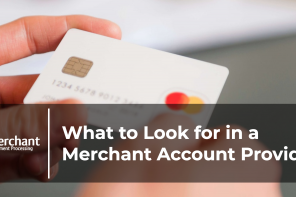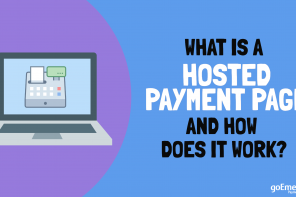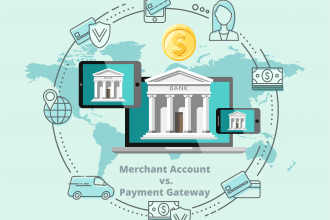When a consumer uses a credit card to make a purchase, the issuing bank receives information about the transaction. The issuer then either approves the transaction and reserves the funds in the customer’s account, or denies it. This process is known as payment authorization. It confirms whether the customer’s credit card is valid and if they have sufficient credit to purchase your goods or services. Within the authorization process the card will either be approved — and given an authorization number, or will be declined or referred. Referrals are requests for additional information from either the merchant or cardholder before an authorization can be issued.
The merchant’s acquiring bank deposits money into the merchant’s account for all approved transactions at the end of each business day. The acquiring bank later settles with the issuing bank and receives money advanced by the card brand. The issuing bank is reimbursed when the consumer pays his credit card bill. The whole process takes on average between 24 to 72 hours from the time the payment card is used to when the money is delivered to business’s bank account.
Batch Processing
Depending on your payment acceptance environment, processor capabilities and local requirements, credit card transactions can be processed in batches at the end of the day or in real time. A batch is a collection — usually a single day’s worth — of transactions. Batch processing refers to closing or settling the entire batch of transactions at one time. Your point-of-sale (POS) device or credit card processing software can be set to manual batch close or automatic batch close.
Manual batch close: You will need to batch out at the end of each day which sends a command to the processor to settle all transactions that have been entered. Once a batch is settled, a report is usually printed showing the transaction totals in the batch.
Before a batch is settled, changes can be made to existing transactions in the batch, i.e., voiding a transaction, or changing an amount of one of the transactions. In the case of tips, the amount of the transaction is adjusted to include the tip before the batch is closed.
Automatic batch close: No manual intervention is needed by the merchant. Instead the terminal or software will automatically close the batch (settle the transactions) at a certain time each day. It is prudent for most businesses to be setup on automatic batch close, unless a tip edit function is required, in which case a manual batch close would be the better option for your business.
Batch processing or batch clearing is also referred to as dual message processing since it involves the exchange of transaction information twice. In dual message processing, the authorization occurs at the time of the transaction, through only one message, and then the clearance is done later through another message. The clearing messages from the daily transactions are typically collected into a batch for the POS devices and sent to the processor as part of the end-of-day processing.
Real Time Processing
All transaction information flows online in real time processing. Real time processing is also referred to as single message processing. When the final amount is known at the time of the authorization request, the same online message also provides the issuer with all the data needed to clear the transaction and post it to its cardholder’s account.




